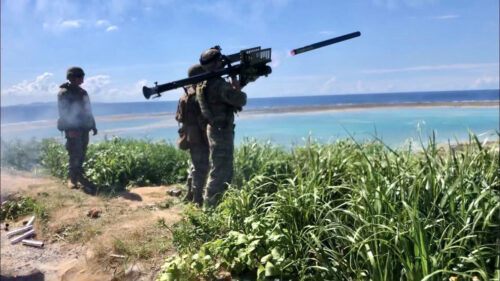The U.S. Army has plans to develop a next-generation Stinger missile as a replacement for the current inventory, which is in decline. The Biden administration is expected to deliver its budget request to lawmakers soon, with additional details about the next-generation Stinger program expected to emerge. The Army plans to begin the design, development, and testing of a replacement missile in FY23, leading to the production of 10,000 M-SHORAD Inc 3 missiles beginning in FY27. The future missile will be launched from the Stinger Vehicle Universal Launcher to target rotary-wing and fixed-wing aircraft and Group 2-3 unmanned aircraft systems.

Before Russia invaded Ukraine in February 2022, the US Army and Marine Corps had not bought Stinger systems for decades, and the Raytheon production line served only a single international customer. However, after the weapon proved useful on the battlefield, members of Congress pushed for the Army to create a next-gen replacement, while demanding information on why stockpiles could not be rapidly increased.
The Army is moving ahead with plans to refill depleted stockpiles, in part, through a refurbishment effort. The Army’s April 2022 solicitation notes that the Stinger-Reprogrammable Microprocessor will become obsolete this year, and Stinger Block I is undergoing a service life extension. The service has not formulated a refurbishment plan with Raytheon to refill its Stinger stockpiles until a next-generation weapon is fielded. Army officials are briefing lawmakers on their Stinger replacement plan while also moving ahead with plans to refill stockpiles through a refurbishment effort.
Army acquisition head Douglas Bush said that the Army has a clear requirement for a Stinger replacement program and that the service is poised to move forward with the program in fiscal year 2024. The Army is looking for a soldier portable, all-up round more lethal than the current Stinger missile, with proximity fuse capability. The Army plans to work with Congress in fiscal year 2024 about potential options for starting the program that year. The Army thinks that refurbishing older Stinger missiles will buy it time to ensure that the Stinger stocks are healthy enough to give the service time to get the new program underway.
For more information, hit the Source below